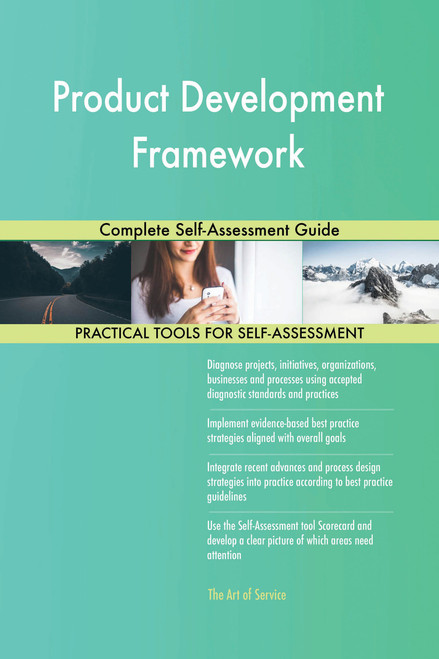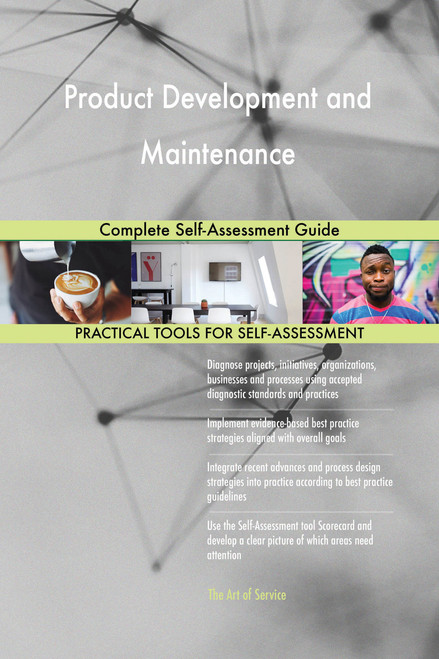Do Virtual product development rules make a reasonable demand on a users capabilities? Are there any easy-to-implement alternatives to Virtual product development? Sometimes other solutions are available that do not require the cost implications of a full-blown project? Have the types of risks that may impact Virtual product development been identified and analyzed? Can we add value to the current Virtual product development decision-making process (largely qualitative) by incorporating uncertainty modeling (more quantitative)? How much are sponsors, customers, partners, stakeholders involved in Virtual product development? In other words, what are the risks, if Virtual product development does not deliver successfully?
Defining, designing, creating, and implementing a process to solve a challenge or meet an objective is the most valuable role In EVERY group, company, organization and department.
Unless you are talking a one-time, single-use project, there should be a process. Whether that process is managed and implemented by humans, AI, or a combination of the two, it needs to be designed by someone with a complex enough perspective to ask the right questions. Someone capable of asking the right questions and step back and say, 'What are we really trying to accomplish here? And is there a different way to look at it?'
This Self-Assessment empowers people to do just that - whether their title is entrepreneur, manager, consultant, (Vice-)President, CxO etc... - they are the people who rule the future. They are the person who asks the right questions to make Virtual product development investments work better.
This Virtual product development All-Inclusive Self-Assessment enables You to be that person.
All the tools you need to an in-depth Virtual product development Self-Assessment. Featuring 704 new and updated case-based questions, organized into seven core areas of process design, this Self-Assessment will help you identify areas in which Virtual product development improvements can be made.
In using the questions you will be better able to:
- diagnose Virtual product development projects, initiatives, organizations, businesses and processes using accepted diagnostic standards and practices
- implement evidence-based best practice strategies aligned with overall goals
- integrate recent advances in Virtual product development and process design strategies into practice according to best practice guidelines
Using a Self-Assessment tool known as the Virtual product development Scorecard, you will develop a clear picture of which Virtual product development areas need attention.
Your purchase includes access details to the Virtual product development self-assessment dashboard download which gives you your dynamically prioritized projects-ready tool and shows your organization exactly what to do next. Your exclusive instant access details can be found in your book.
Questions? Contact The Art of Service







